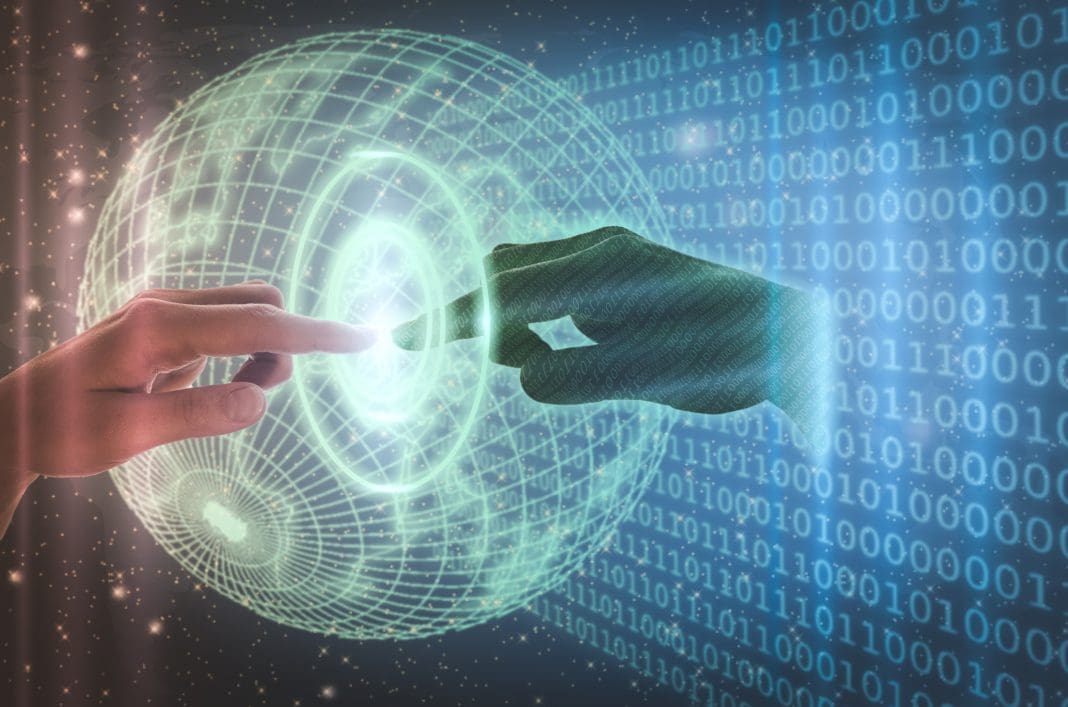PBC Today explores the role of machine learning in enhancing digital twin technology and a better understanding of building energy consumption patterns
The escalating need for energy efficiency and eco-friendly management in buildings has led to the exploration of innovative technologies. Among these technologies is the Digital Twin (DT) technology, a promising tool that creates an integrated digital representation of physical assets, processes, and systems.
This technology promises significant improvements in energy efficiency, optimisation of energy consumption, and sustainable management due to its ability to replicate real-world scenarios.
The applications extend into areas such as indoor environmental monitoring, building energy management, and building energy efficiency evaluation.
However, despite its potential advantages, inherent complexities are associated with implementing digital twin technology in building energy management.
These challenges range from data security concerns to integration issues with existing infrastructure.
Therefore, it is necessary to thoroughly review this emerging technology’s benefits and drawbacks to understand its implications for future research and application fully.
What is digital twin technology?
Digital Twin (DT) technology, first employed by NASA during the Apollo space program in 2002, has evolved into a veritable game-changer, bridging the gap between physical entities and their virtual counterparts in real time.
This innovative system enables seamless connectivity between an actual structure and its digital model, contributing to streamlined workflows within the architectural realm.
The advantages of implementing DT technology are manifold, but notable ones include improved user engagement with building information technologies and reduced maintenance expenses.
In addition, it offers the potential for enhancing productivity while promoting safety and sustainability.
However, despite these promising benefits, several hurdles impede the full-fledged integration of digital twin technology into mainstream building energy management practices. One such challenge is data processing on a large scale — a requisite for accurate modeling and monitoring that can strain resources due to sheer volume and complexity.
Additionally, concerns about data security loom large as sensitive information about buildings’ operational characteristics need to be safeguarded from potential breaches or misuse. Technical limitations also pose significant obstacles as they may restrict seamless interaction between physical structures and their digital twins.
Looking ahead, the future applications of DT technology stretch beyond mere maintenance strategies or urban planning initiatives; it offers opportunities for achieving previously unattainable goals within building energy management.
These could range from optimising energy efficiency based on real-time consumption patterns to proactively managing assets through predictive analytics enabled by machine learning techniques integrated with DT technology.
However, overcoming existing challenges—from cost control issues to ensuring uninterrupted convergence of physical infrastructure with digital models—is crucial for harnessing this cutting-edge tool’s full potential in driving sustainable building energy management practices.
The history of digital twin technology
The history of this innovative approach traces back to its first application by NASA in the Apollo space program in 2002, symbolising a milestone journey for real-time virtual models interconnected with their physical counterparts.
The concept was primarily used to effectively mirror the conditions and performance metrics of spacecraft in operation, enabling ground control teams to make informed decisions based on real-time data.
This marked one of the first applications of digital twin technology, demonstrating its potential for complex systems management and optimisation.
Since then, there has been increasing adoption across various sectors, leveraging its potential to optimise operational efficiency, reduce costs and enhance system reliability.
From manufacturing to healthcare, and more recently, being recognised for its potential in urban planning and building energy management.
For instance, it facilitates real-time connectivity between actual buildings and their virtual counterparts, significantly streamlining building workflows, reducing maintenance costs and improving user engagement.
However, despite numerous advancements since NASA’s use during the Apollo mission nearly two decades ago, integrating digital twin technology into mainstream processes has limitations and challenges.
One significant obstacle lies within data processing on a large scale; creating accurate digital representations requires vast amounts of high-quality data, which can be resource-intensive to collect process.
Additionally, ensuring data security and privacy remains critical due to the sensitive nature of the information involved in these simulations.
Furthermore, cost control measures must be implemented effectively and overcome certain technical limitations, such as the seamless integration of physical and digital worlds that are essential for successfully deploying this technology.
Application in architecture
In architectural applications, this revolutionary tool allows for a real-time connection between an actual structure and its virtual counterpart. It significantly streamlines workflows within the building sector, reduces maintenance costs, and enhances user engagement.
The concept of real-time connectivity plays a crucial role in facilitating seamless communication between the physical entity and its digital twin.
This not only helps in the accurate representation of current conditions but also enables predictive modelling for future scenarios. As a result, it is possible to optimise building workflows, leading to more efficient processes that save both time and resources.
Moreover, one cannot overlook the potential benefits regarding maintenance cost reduction brought about by digital twin technology’s application in architecture.
By generating comprehensive data regarding each aspect of a structure’s performance, from energy consumption patterns to structural health monitoring, this technology can identify areas where efficiency can be improved, or repairs are needed before significant problems arise.
Consequently, it aids in proactive maintenance strategies which substantially reduce unforeseen expenses related to late-stage damage control or system failures.
Furthermore, digital twin technology proves instrumental in improving user engagement through its integration with building information technologies.
It provides stakeholders with interactive 3D models that accurately replicate the physical structures they represent. This immersive experience allows users to understand better how their actions impact energy usage and facilitate informed decision-making aimed at sustainability and efficiency.
Therefore, while improving user engagement within the architectural realm might seem an unconventional benefit of DT technology at first glance, upon deeper inspection, it becomes clear how critical this aspect is for achieving sustainable building energy management goals.
Benefits of digital twin technology
Does the application of DT technology revolutionise construction project implementation?
Indeed, it plays a pivotal role in improving the efficiency and effectiveness of construction processes by offering real-time simulation and predictive analysis capabilities.
Through digital twins, stakeholders can visualise the construction process, enabling them to identify potential issues before they occur and make necessary adjustments. This proactive approach reduces time to completion and minimises budget overruns due to unexpected complications.
The use of this advanced technology fosters improved collaboration among different parties involved in a building project.
With an accessible virtual model, all stakeholders can effectively communicate their ideas, provide feedback or address concerns in real time.
At the same time, DT technology enhances productivity by streamlining workflows and reducing downtime caused by errors or miscommunication.
With sustainability at its core, DT technology is set to redefine standards within the construction industry.
It allows for continuous monitoring and optimisation of energy usage during the building phase, thereby ensuring that projects are executed sustainably while minimising environmental impact.
Furthermore, enhanced safety measures are yet another advantage brought about by digital twin’s predictive analysis capabilities – potential hazards can be identified early on, resulting in safer work environments for personnel involved in construction activities.
The challenges of implementing digital twins
Despite its numerous advantages, implementing digital twin (DT) technology is not without challenges. One significant challenge is data security concerns, which become pronounced given that DT technology involves real-time integration and monitoring of physical entities and their virtual counterparts.
This constant exchange and storage of sensitive information raises pressing questions about the safety and security of data. Moreover, cost control presents another hurdle in the adaptation of this technology.
The initial investment for implementing DT technology can be substantial as it requires sophisticated software, hardware, and skilled personnel.
In addition to these factors, achieving seamless integration between the physical entity and its digital counterpart requires advanced computational resources and technical expertise.
A lack of seamless integration could result in inaccuracies or delays in real-time monitoring, which may impact the effectiveness of DT technology. Furthermore, real-time monitoring poses a challenge because it demands considerable computing power to process vast amounts of data rapidly.
Personalisation also brings forth a unique set of challenges when implementing DT technology.
Every building structure has its own specific features that need to be accurately reflected in the digital twin model for effective energy management.
However, tailoring each virtual replica according to its physical counterpart’s unique characteristics can be resource-intensive and time-consuming.
Thus, while there are undeniable benefits conferred by DT technology in building energy management systems, attention must also be paid to these hurdles during implementation so as to realise its potential benefits fully.














